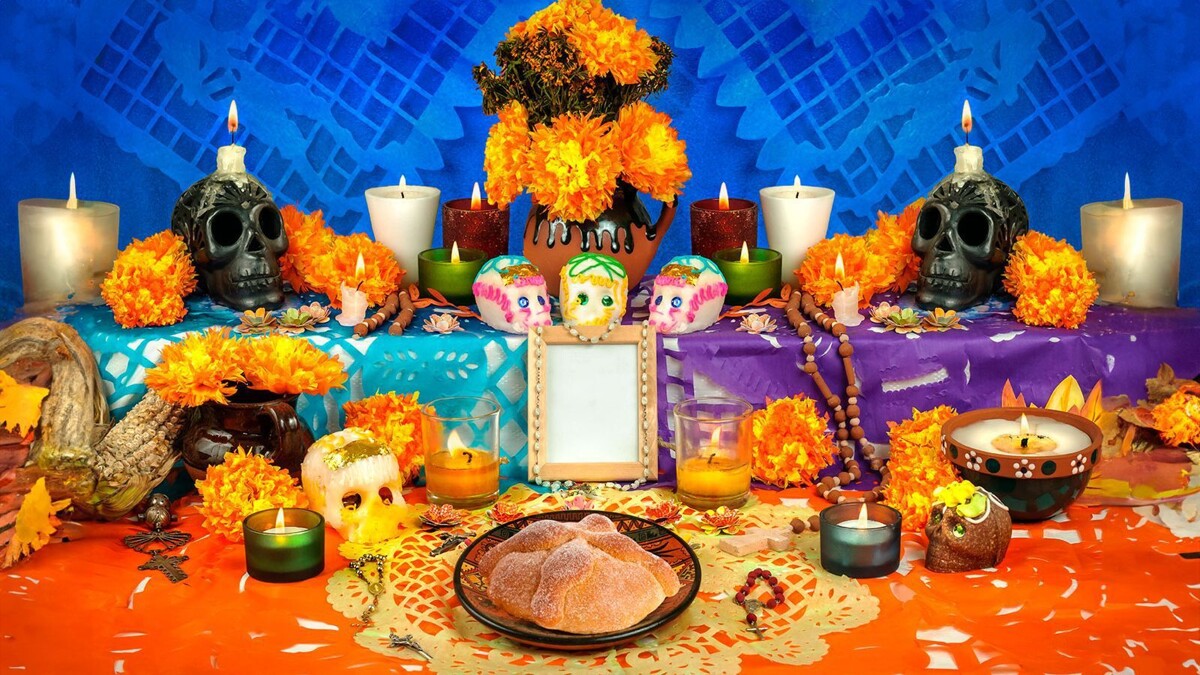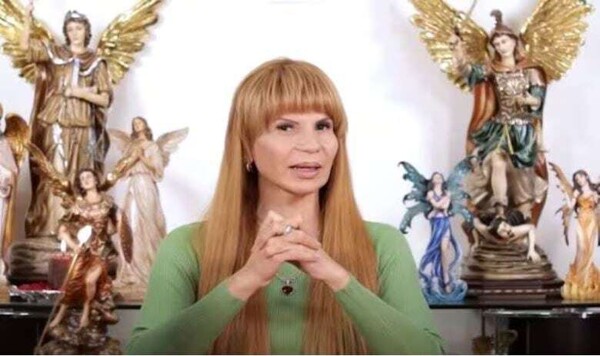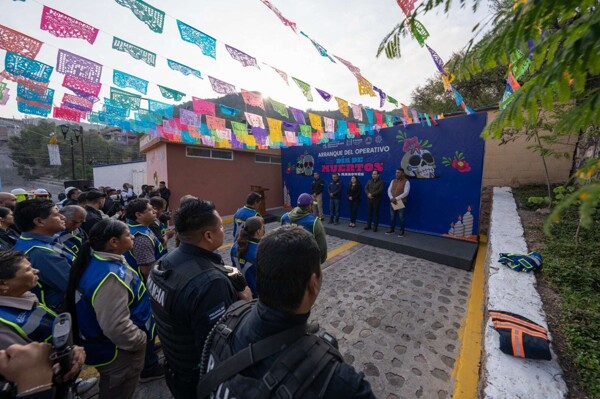
The Day of the Dead in Mexico is a celebration that establishes a dialogue filled with love and respect between the living and the dead, thus preserving the memory and richness of Mexican culture. During the 19th century, the custom of visiting cemeteries and making altars at graves became popular, especially after the separation between Church and State promoted by Benito Juárez. This separation allowed for the secularization of cemeteries and the promotion of this traditional celebration.
Today, the Day of the Dead not only honors the deceased but is celebrated with color and symbolism, integrating elements of indigenous and Catholic tradition. The tradition of altars indicates that it is essential to offer the food that the wandering souls liked on the day they descend to earth.
A person recalls the occasion when at her daughters' school, parents were asked to bring food to decorate the Day of the Dead Altar. Nostalgia filled her as she bought a can of peaches in syrup and a jar of cajeta, two combined delights that her grandfather Ernesto enjoyed as dessert. This type of preparation reflects how families seek to honor their ancestors in a very personal way.
The Day of the Dead is a representative festival of Mexican culture, and although its origin is not found directly in pre-Hispanic ceremonies or in a simple fusion with Catholicism, there is evidence of the veneration of the dead in different cultures throughout history. This festival has transformed into a social celebration that includes altars made with marigold flowers, incense, and photographs, where food is a fundamental element.
Among the most emblematic elements of the Day of the Dead is the pan de muerto, whose shape and decoration symbolize the cycle of life and death. The tradition of altars and food offerings represents a deep respect for the cycle of death and a way to keep alive the memory of loved ones who have passed away.
The festivities of the Day of the Dead in Mexico have their roots in European celebrations of the Catholic Church in the Middle Ages, which were adapted and enriched with local traditions. The spread of these customs in Mexico during Spanish colonization gave rise to a unique celebration that combines indigenous and European elements in a tribute to life and death.














